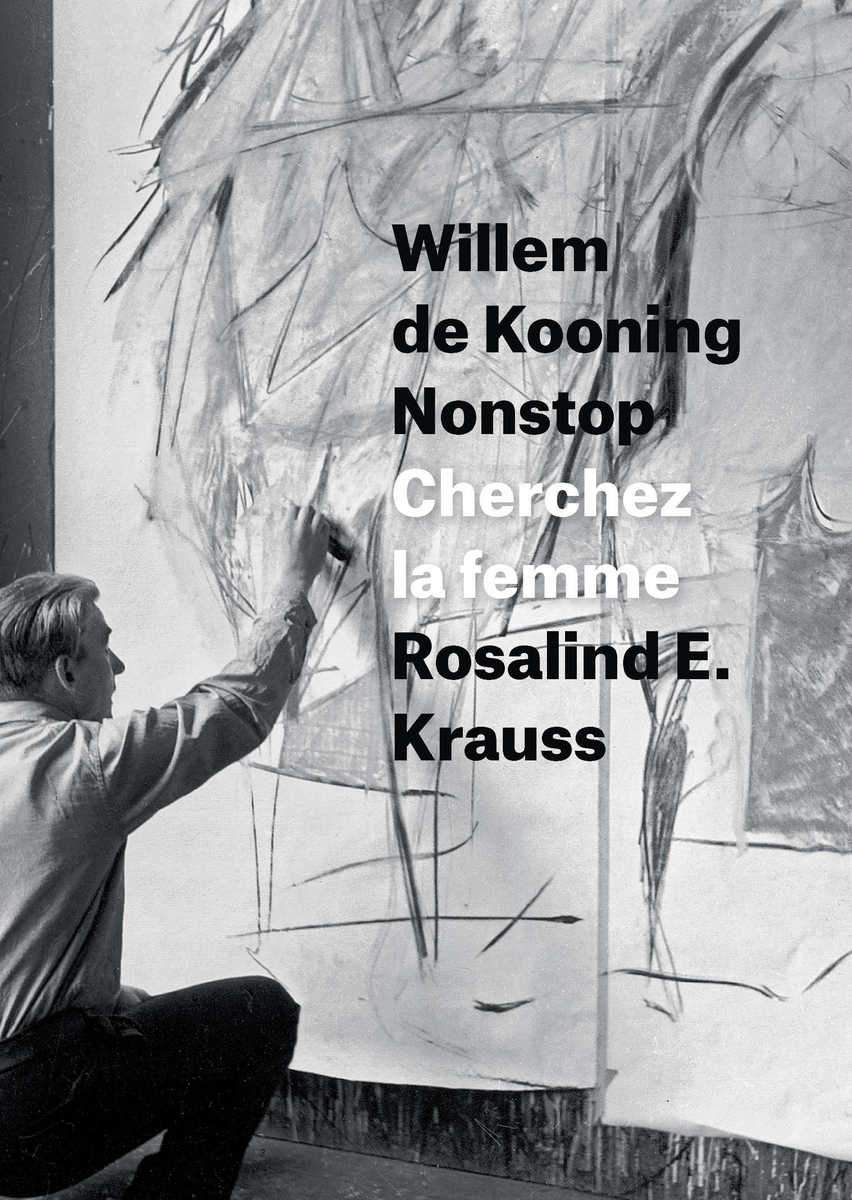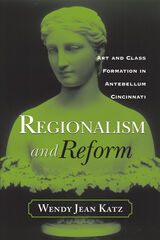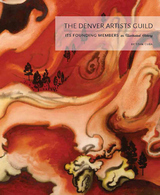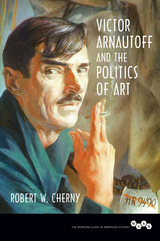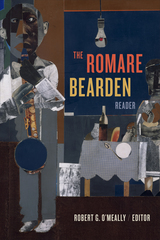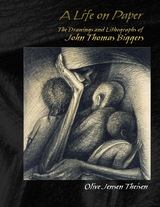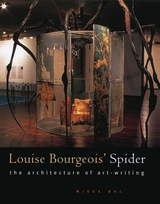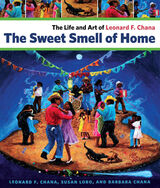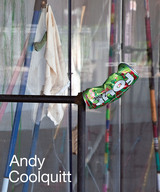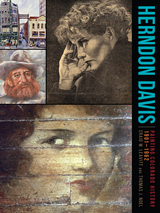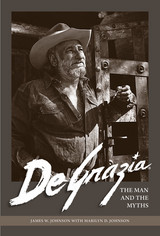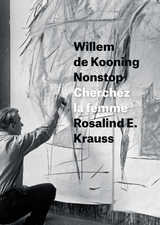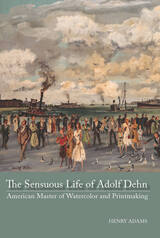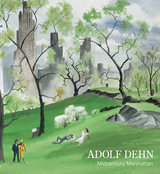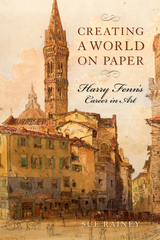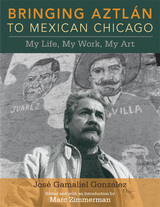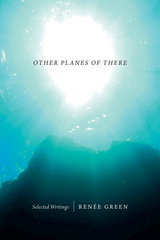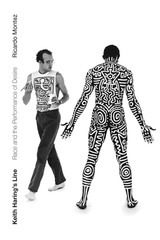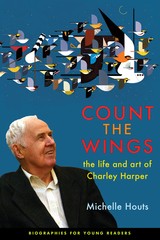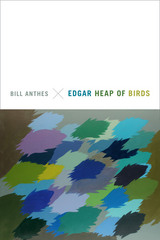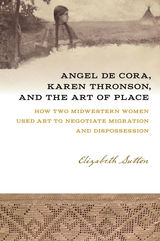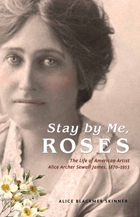Willem de Kooning Nonstop: Cherchez la femme
University of Chicago Press, 2016
eISBN: 978-0-226-26758-6 | Cloth: 978-0-226-26744-9
Library of Congress Classification N6537.D43K73 2015
Dewey Decimal Classification 759.13
eISBN: 978-0-226-26758-6 | Cloth: 978-0-226-26744-9
Library of Congress Classification N6537.D43K73 2015
Dewey Decimal Classification 759.13
ABOUT THIS BOOK | AUTHOR BIOGRAPHY | REVIEWS | TOC | REQUEST ACCESSIBLE FILE
ABOUT THIS BOOK
In the early 1950s, Willem de Kooning’s Woman I and subsequent paintings established him as a leading member of the abstract expressionist movement. His wildly impacted brushstrokes and heavily encrusted surfaces baffled most critics, who saw de Kooning’s monstrous female image as violent, aggressive, and ultimately the product of a misogynistic mind. In the image-rich Willem de Kooning Nonstop, Rosalind E. Krauss counters this view with a radical rethinking of de Kooning’s bold canvases and reveals his true artistic practices.
Krauss demonstrates that contrary to popular conceptions of de Kooning as an artist who painted chaotically only to finish abruptly, he was in fact constantly reworking the same subject based on a compositional template. This template informed all of his art and included a three-part vertical structure; the projection of his male point of view into the painting or sculpture; and the near-universal inclusion of the female form, which was paired with her redoubled projection onto his work. Krauss identifies these elements throughout de Kooning’s oeuvre, even in his paintings of highways, boats, and landscapes: Woman is always there. A thought-provoking study by one of America’s greatest art critics, Willem de Kooning Nonstop revolutionizes our understanding of de Kooning and shows us what has always been hiding in plain sight in his work.
Krauss demonstrates that contrary to popular conceptions of de Kooning as an artist who painted chaotically only to finish abruptly, he was in fact constantly reworking the same subject based on a compositional template. This template informed all of his art and included a three-part vertical structure; the projection of his male point of view into the painting or sculpture; and the near-universal inclusion of the female form, which was paired with her redoubled projection onto his work. Krauss identifies these elements throughout de Kooning’s oeuvre, even in his paintings of highways, boats, and landscapes: Woman is always there. A thought-provoking study by one of America’s greatest art critics, Willem de Kooning Nonstop revolutionizes our understanding of de Kooning and shows us what has always been hiding in plain sight in his work.
See other books on: 1904-1997 | Abstract expressionism | Individual Artists | Themes, motives | Women in art
See other titles from University of Chicago Press
